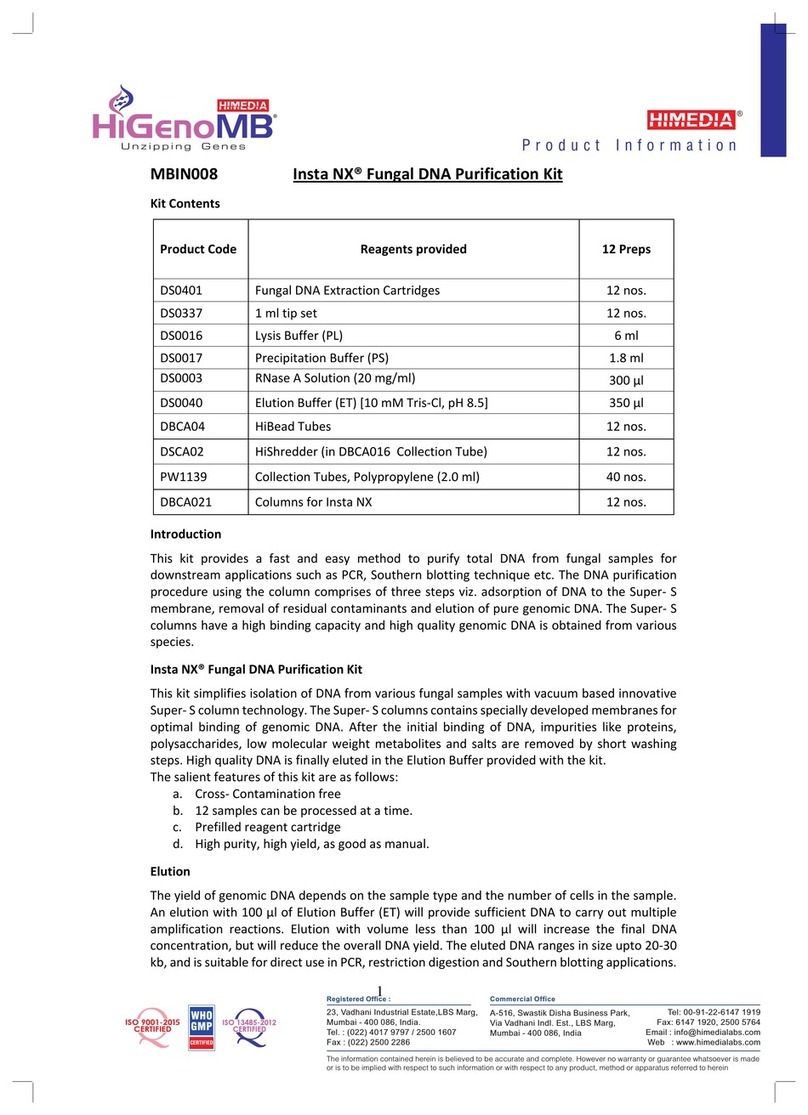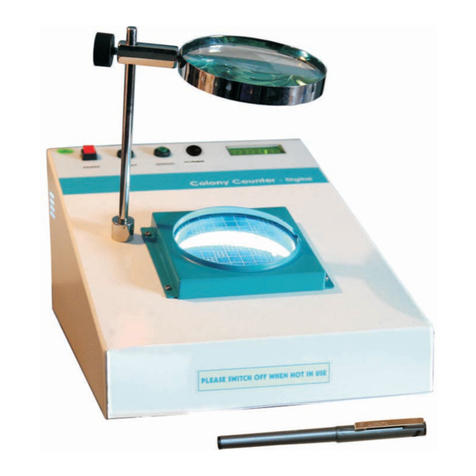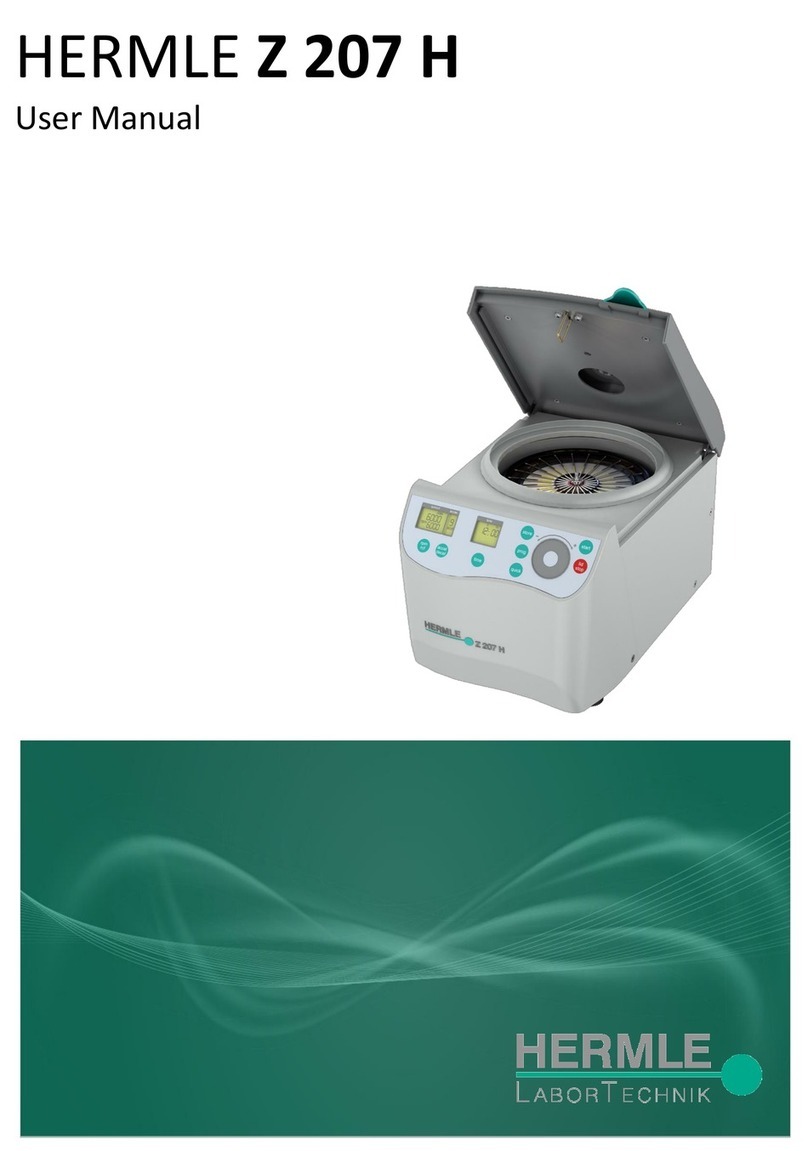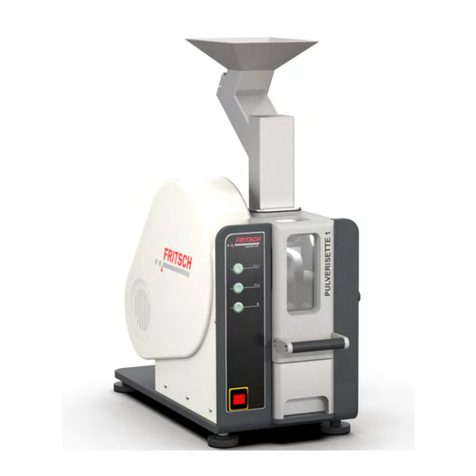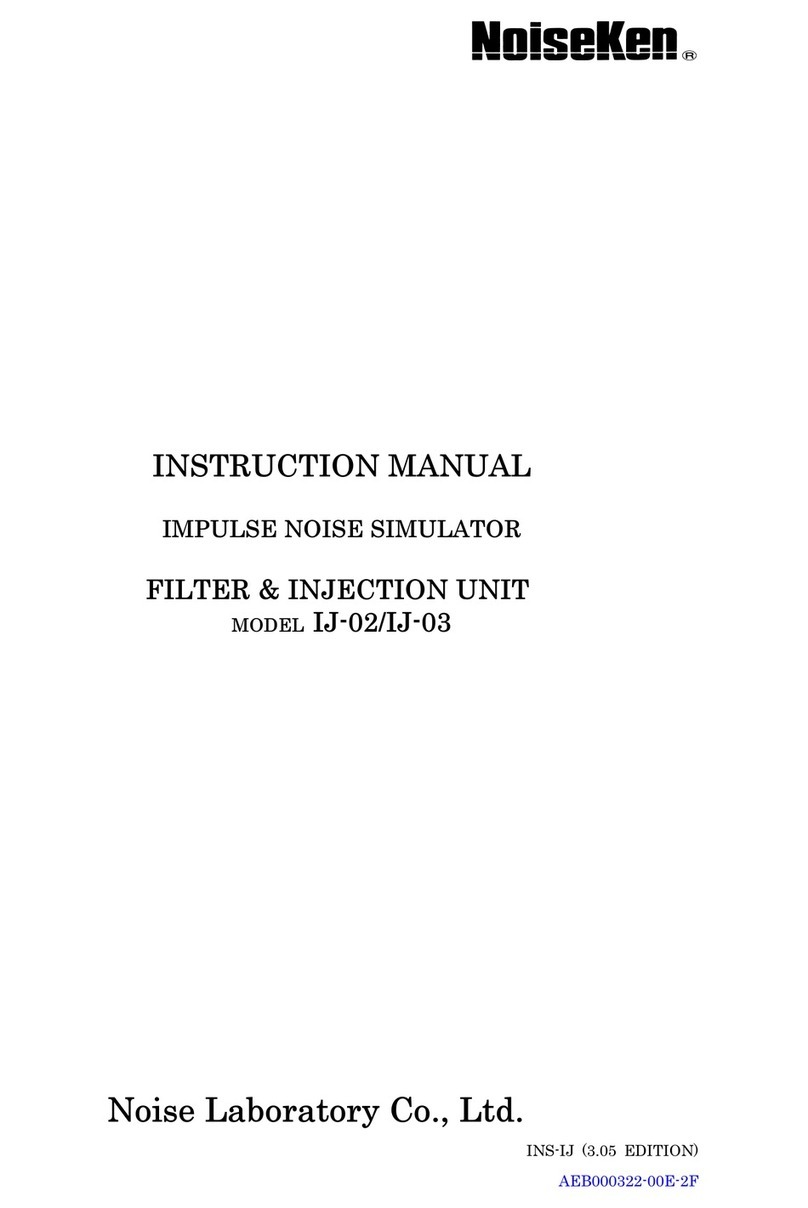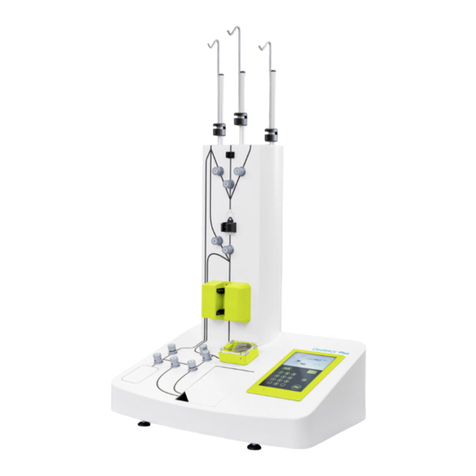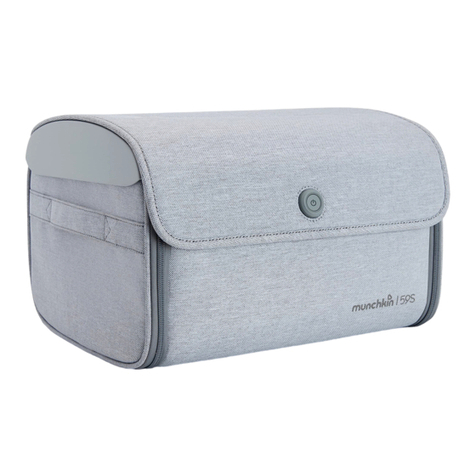Himedia HiGenoMB HIPERж User manual

1
Product Code: HTBM034
Number of experiments that can be performed: 10
Duration of Experiment:
Protocol: 2 hours
Agarose Gel Electrophoresis: 45 minutes
Storage Instructions:
The kit is stable for 12 months from the date of manufacture
Store 2X PCR Master Mix, Normal DNA, SNP DNA,
50 bp DNA Ladder, Primer mix for SNP and Molecular Biology Grade
Water at -20
o
C
Store 6X Gel Loading Buffer at 2-8
o
C
Other kit contents can be stored at room temperature (15-25
o
C)
HiPer
®
Single Nucleotide Polymorphism
(SNP) Teaching Kit
P r o d u c t I n f o r m a t i o n
The information contained herein is believed to be accurate and complete. However no warranty or guarantee whatsoever is made
or is to be implied with respect to such information or with respect to any product, method or apparatus referred to herein
Tel: 00-91-22-6147 1919
Fax: 6147 1920, 2500 5764
Email : info@himedialabs.com
Web : www.himedialabs.com
A-516, Swastik Disha Business Park,
Via Vadhani Indl. Est., LBS Marg,
Mumbai - 400 086, India
23, Vadhani Industrial Estate,LBS Marg,
Mumbai - 400 086, India.
Tel. : (022) 4017 9797 / 2500 1607
Fax : (022) 2500 2286
Commercial Office Registered Office :
WHO
GMP
CERTIFIED
15
U n z i p p i n g G e n e s

2
Index
Sr. No. Contents Page No.
1 Aim 3
2 Introduction 3
3 Principle 3
4 Kit Contents 4
5 Materials Required But Not Provided 4
6 Storage 4
7 Important Instructions 4
8 Procedure 5
9 Agarose Gel Electrophoresis 6
10 Observation and Result 6
11 Interpretation 7
12 Troubleshooting Guide 7

3
Aim:
To detect genetic disorder through the study of Single nucleotide polymorphism
Introduction:
Single nucleotide polymorphism (SNP) is a variation in the DNA sequence at a precise position among
individuals which lead to genetic variation among people. For example, a SNP may replace the nucleotide
cytosine (C) with the nucleotide thymine (T) in a certain stretch of DNA. Most commonly, these variations are
found in the DNA between genes. When SNPs occur within a gene or in a regulatory region near a gene, they
may play a more direct role in disease by affecting the gene’s function. Researchers have found that SNPs
can also be used to track the inheritance of disease genes within families.
Principle:
A single nucleotide polymorphism, or SNP is an alteration at a single position in a DNA sequence among
individuals. If more than 1% of a population does not carry the same nucleotide at a specific position in the
DNA sequence, then this variation can be classified as a SNP. If a SNP occurs within a gene, then the gene is
described as having more than one allele. In these cases, SNPs may lead to variations in the amino acid
sequence which are often associated with genetic disorders and other related diseases. SNPs occur normally
throughout a person’s DNA and function as biological markers which help scientists to detect genes that are
associated with a particular genetic disorder. SNPs can also be used to track the inheritance of disease genes
within families. Some of these genetic differences, however, have proven to be very important in the study of
human health. Although a particular SNP may not cause a disorder, some SNPs are associated with certain
diseases. Detection of those diseases is essential for molecular characterization, diagnosis, prevention and
treatment of these diseases is carried out by the technique called SNP. Development of SNP-specific primers
that amplify a specific fragment in PCR when a specific SNP is present helps in disease detection. SNP
detection consists of two DNA templates, one wild-type and the other template with SNP are used for PCR
amplification individually along with 2 pairs of primers, one pair specific to wild-type and the other, specific to
SNP-type primer.
Fig 1: In Single Nucleotide Polymorphism (SNP) Thymine is replaced by Cytosine in a certain point of DNA
HiPer® Single Nucleotide Polymorphism (SNP) Teaching Kit is designed for the detection of Methicillin
Resistant Staphylococcus aureus (MRSA) which is a SNP based disorder in human.

4
Kit Contents:
The kit can be used to amplify a particular template DNA using PCR.
Table 1: Enlists the materials provided in this kit with their quantity and recommended storage
Sr.
No. Product Code Materials Provided
Quantity
Storage
10 expts
1 MBT061 2X PCR Master Mi
x
0.6 ml -20OC
2 *TKC415 SNP DNA 0.060 ml -20OC
3 *TKC416 Normal DNA 0.060 ml -20OC
4 *ML065 Molecular Biology Grade Water for PCR 1 ml -20OC
5 *TKC417 Primer Mix for SNP 0.030 ml -20OC
6 *MBT084 50 bp DNA Ladder 0.040 ml -20OC
7 ML015 6X Gel Loading Buffer 0.050 ml -20OC
8 MB002 Agarose 12 g R T
9 ML016 50X TAE 120 ml R T
10 CG282 Polypropylene Tubes, 0.2 ml (PCR Tubes) 20 Nos R T
* Always give a quick spin before opening the vial as the liquid material may stick
to the wall or to the cap of the vial.
Materials Required But Not Provided:
Glasswares: Measuring cylinder, Beaker
Reagents: Ethidium bromide (10 mg/ml), Distilled Water
Other requirements: Thermocycler, Electrophoresis apparatus, UV Transilluminator, Vortex Mixer,
Micropipettes, Tips, Adhesive tape, Microwave/ Hotplate/ Burner, Crushed ice
Storage:
HiPer® Single Nucleotide Polymorphism (SNP) Teaching Kit is stable for 12 months from the date of
manufacture without showing any reduction in performance. On receipt, store 2X PCR Master Mix, SNP DNA,
Normal DNA, 50bp DNA Ladder, MB Grade water and Primer Mix for SNP at -20oC and 6X Gel Loading Buffer
should be stored at 2-8oC. Other reagents can be stored at room temperature (15-25oC).
Important Instructions:
Read the entire procedure carefully before starting the experiment.
Before use, all PCR components should be completely thawed on ice (4°C).
Perform the amplification reactions in a clean area.
Use of aerosol barrier pipette tips is recommended to reduce contamination risks from extraneous
DNA templates.
Centrifuge the components briefly once thawed.
The 50bp DNA ladder supplied in the kit is ready to use and can be directly loaded onto the
agarose gel.

5
Procedure:
1) Preparation of master mix for PCR
Take two PCR tubes, label them and add the following ingredients in mentioned order:
1) Tap the tubes for 1 – 2 seconds to mix the contents thoroughly.
2) Place the tubes in the thermocycler block and set the program to get DNA amplification.
Test Sample
1
Test Sample
2
Molecular Biology Grade Water 19 µl19 µl
2X PCR Master mix25 µl25 µl
SNP DNA 5 µl-
Normal DNA - 5 µl
Primer Mix for SNP 1 µl1 µl
Total volume 50µl 50µl
PCR Amplification Cycle:
Carry out the amplification in a thermocycler for 30 cycles using the following reaction conditions.
Initial denaturation at 94oC for 3 minutes 1 cycle
Denaturation at 94oC for 30 seconds
Annealing at 58oC for 30 seconds
Extension at 72oC for 30 seconds
Extra Annealing at 60oC for 30 seconds 1 cycle
Final Extension at 72oC for 5 minutes
Cooling at 4oC
30 cycles

6
Agarose Gel Electrophoresis:
Preparation of 1X TAE: To prepare 500 ml of 1X TAE buffer, add 10 ml of 50X TAE Buffer to 490 ml of sterile
distilled water*. Mix well before use.
Preparation of agarose gel: To prepare 50 ml of 2% agarose gel, add 1 g agarose to 50ml of 1X TAE buffer
in a glass beaker or flask. Heat the mixture on a microwave or hot plate by swirling the glass beaker/flask
occasionally, until agarose dissolves completely (Ensure that the lid of the flask is loose to avoid buildup of
pressure).
NOTE: Preparation of 2% gel will take more time than the regular 0.8% gel. Care should be taken while
melting. Continuous boiling is not recommended during the preparation. Make sure that melted agarose
solution appear clear and transparent devoid of any suspended particles of agarose.
Allow the solution to cool down to about 55-60oC. Add 0.5μl Ethidium bromide, mix well and pour the gel
solution into the gel tray. Allow the gel to solidify for about 30 minutes at room temperature.
Loading ofthe DNA samples: Load 3 μl of ready to use DNA ladder intothe first well. Add 2 μl of 6X Gel
loading buffer to 10 μlof PCR product. Mix well by pipetting and load the PCR samples into the following
wells.
Electrophoresis: Connect the power cord to the electrophoretic power supply according to the conventions:
Red-Anode and Black-Cathode. Electrophorese at 100-120 volts and 90 mA until dye markers have migrated
an appropriate distance, depending on the size of DNA to be visualized.
*Molecular biology grade water is recommended (Product code: ML024).
Observation and Result:
After completion of the PCR, perform agarose gel electrophoresis. Compare the amplified product obtained
from normal DNA with the SNP DNA.
Lane 1 2 3
mecA
Lane 1: 50 bp DNA Ladder
Lane 2: SNP DNA
Lane 3: Normal DNA
Fig 2: Gel image of amplified normal & SNP DNA

7
Interpretation:
In this PCR reaction two targets are amplified simultaneously, one is specific for Staphylococcus genus and
the other for methicillin-resistant staphylococci (mecA gene). The target specific for Staphylococcus genus
amplifies in both SNP and normal DNA but the MRSA specific mecA gene is amplified only in the SNP DNA
which is extracted from a MRSA strain.
Troubleshooting Guide:
Sr. No. Problem Possible Cause Solution
1
Non –specific/
spurious bands
observed
Template DNA or dNTPs
concentration
inappropriate
Take the same amount of template DNA and
dNTPs as specified in the procedure
Template DNA damaged Minimize damage to template DNA by avoiding
vortexing or vigorous mixing
2
No or poor
amplification
yield
Template or dNTPs may
be degraded,
enzymes may have been
inactive
Store the kit at -20
o
C and avoid repeated freeze
thaw. Also keep all the materials in ice while
performing the experiment
Thermocycler operation
or program improper
Ensure proper functioning of Thermocycler. Run
positive control with every reaction
Inadequate mixing of the
reaction tube
Mix the reaction mixture using a micropipette,
avoid air bubble
3 Smearing of the
product DNA degraded Work in sterile conditions to avoid contamination.
Avoid vigorous mixing of the DNA samples

8
Technical Assistance:
At HiMedia we pride ourselves on the quality and availability of our technical support. For any kind of
PIHTBM034_O/0419 HTBM034-03
Do not use if package is
damaged
Storage temperature
15°C
25°C
HiMedia Laboratories Pvt. Limited,
23 Vadhani Industrial Estate,
LBS Marg,Mumbai-86,MS,India
Table of contents
Other Himedia Laboratory Equipment manuals
Popular Laboratory Equipment manuals by other brands
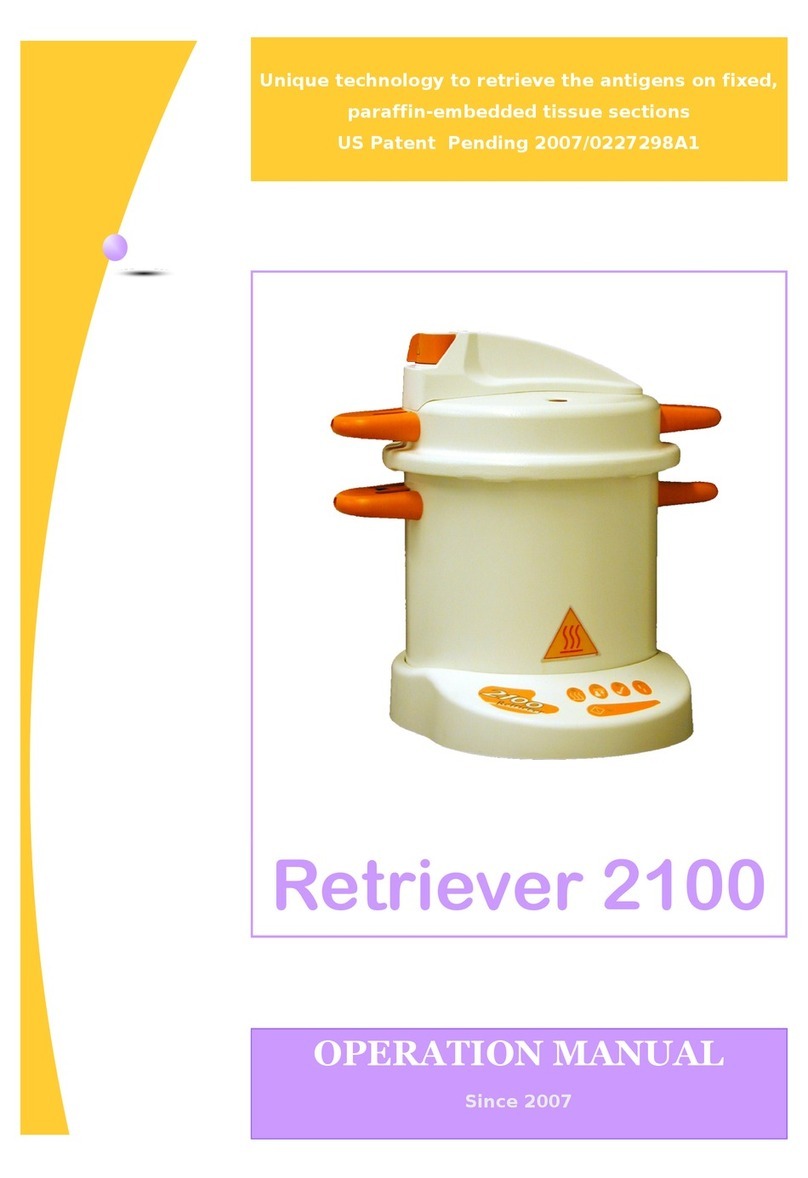
Aptum
Aptum 2100 Retriever Operation manual
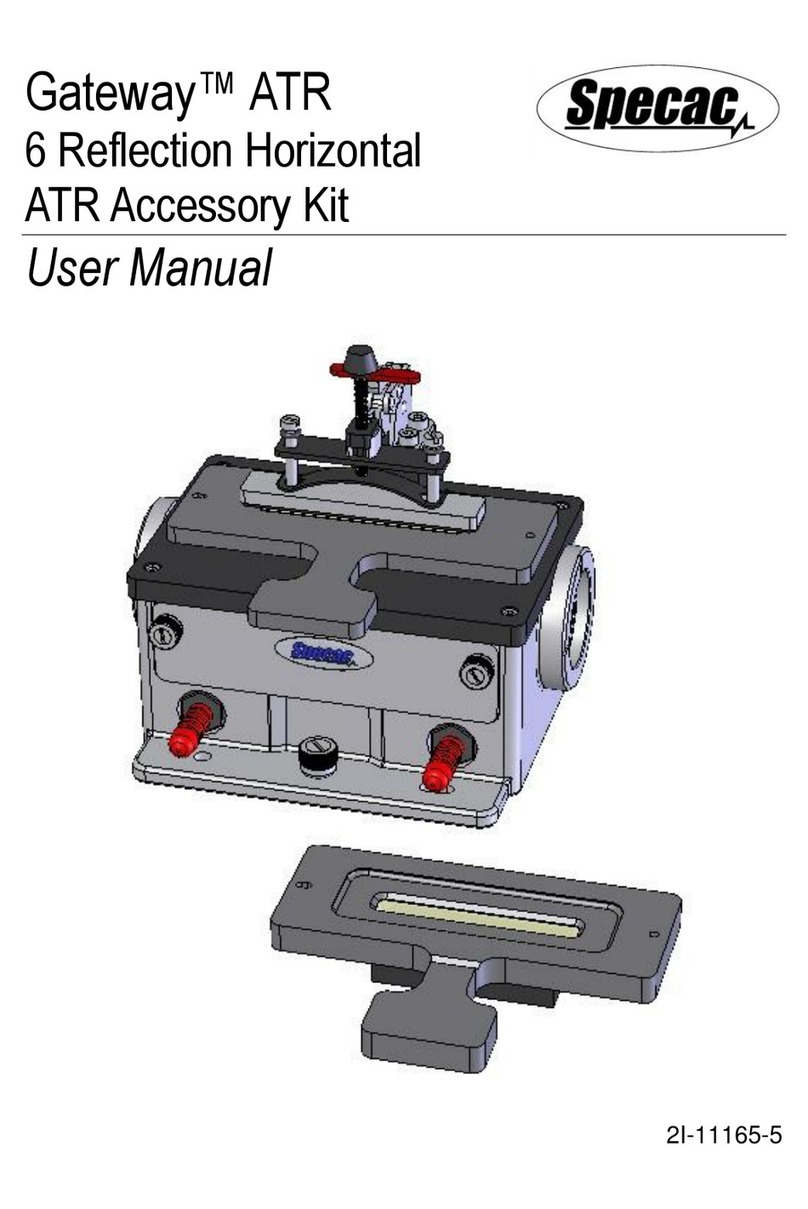
Specac
Specac Gateway ATR user manual
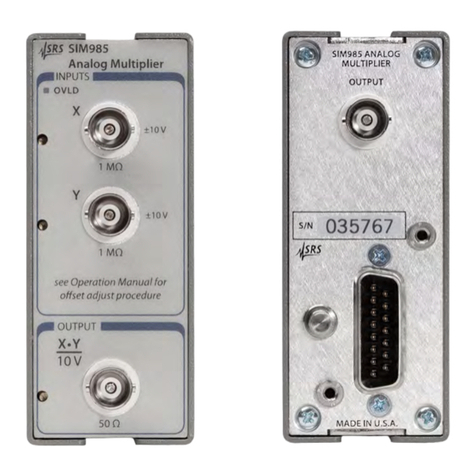
Stanford Research Systems
Stanford Research Systems SIM985 Operation and service manual
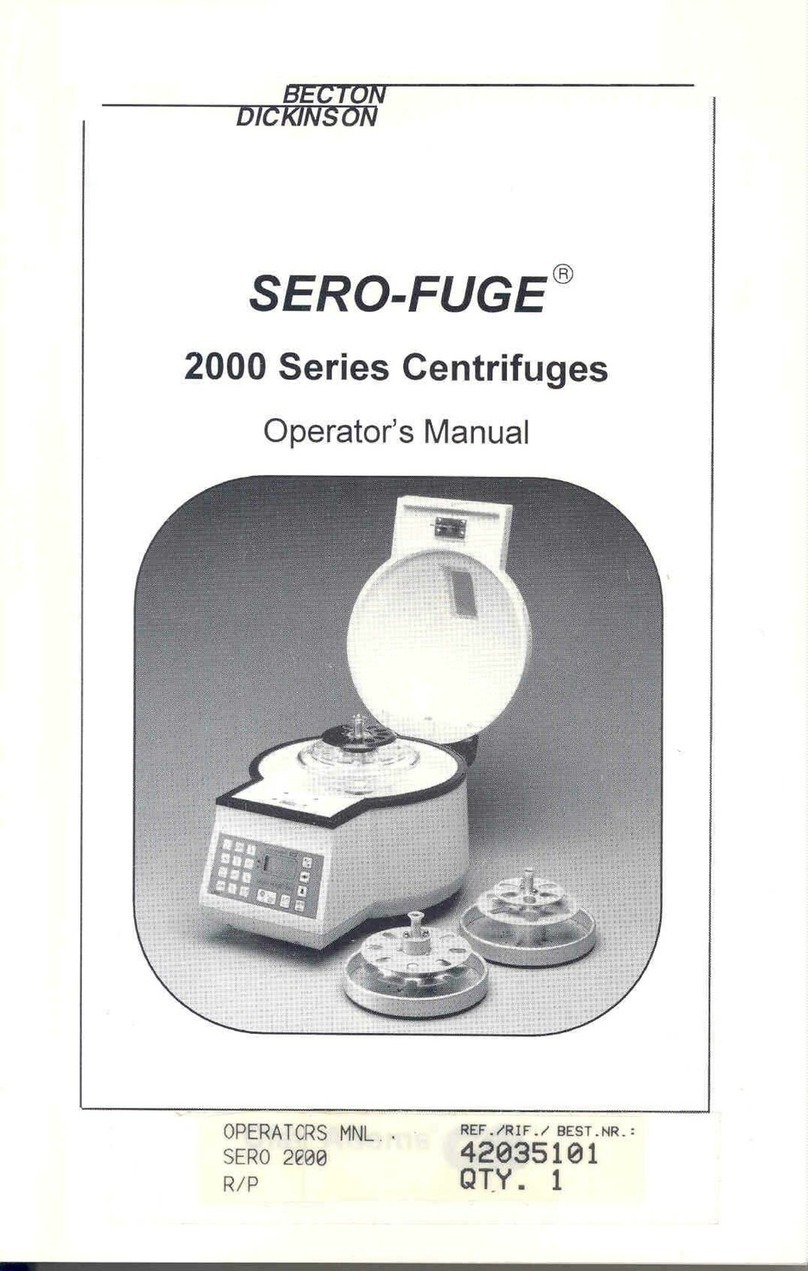
Becton Dickinson
Becton Dickinson SERO-FUGE 2000 Series Operator's manual
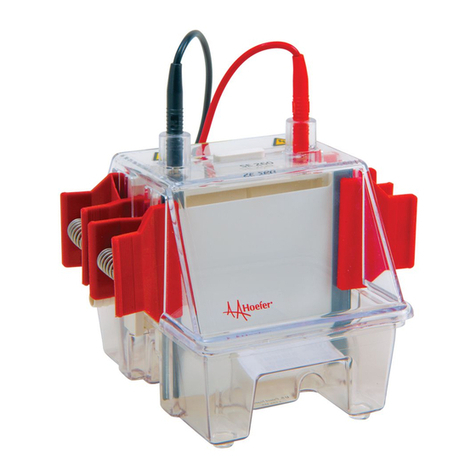
Hoefer
Hoefer SE 260 user manual

Thermo Scientific
Thermo Scientific Accela Pump installation guide
